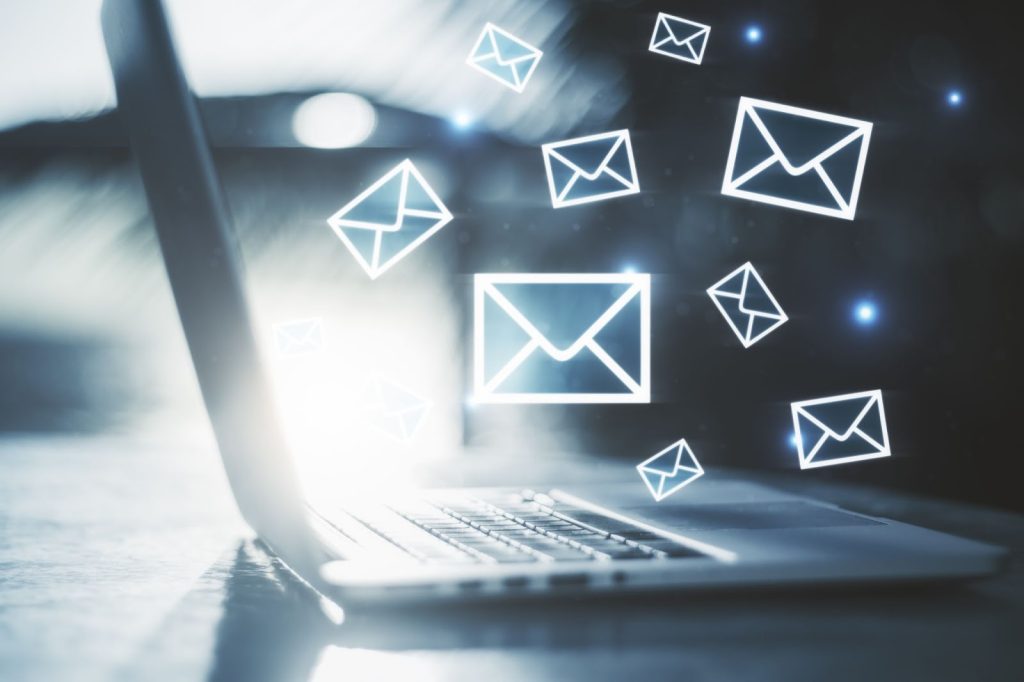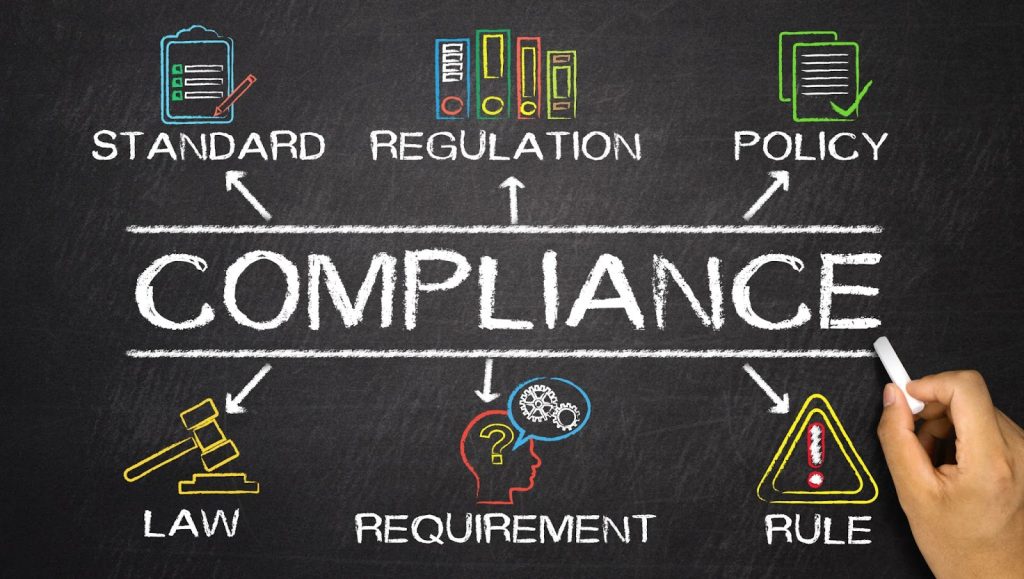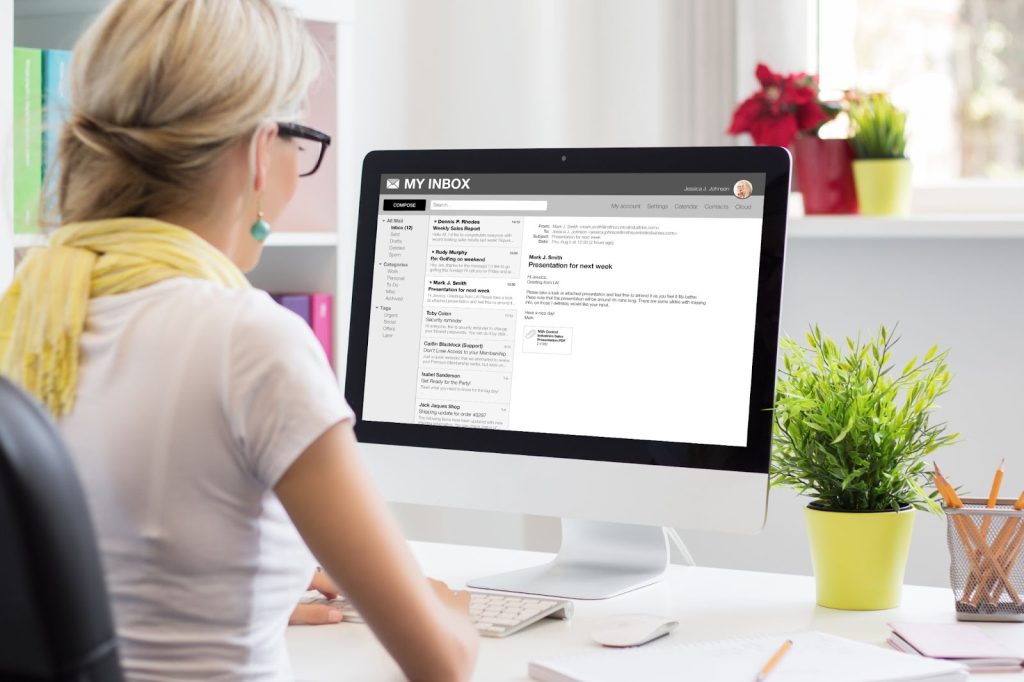The average inbox is flooded with messages vying for attention, so mastering the art of drip campaigns is important. Mastering them will guide your email marketing efforts to stand out and resonate with your audience. This blog is your comprehensive roadmap to navigating the nuanced landscape of automated email sequences.
This guide is meticulously crafted to take you from the foundational principles of drip marketing through the intricacies of planning, execution, and optimization, ensuring your campaigns reach their intended audience and truly engage and convert them.
As we delve into the art and science of drip campaigns, we’ll explore the significance of understanding your audience, crafting compelling content, and leveraging the right automation tools.
Beyond the mechanics, we’ll navigate the essential legal compliance and ethical considerations, ensuring your campaigns build trust and maintain integrity.
Whether you’re a seasoned marketer looking to refine your skills or a newcomer eager to make your mark, this guide will equip you with the knowledge and strategies needed to turn your email sequences into powerful tools for nurturing leads, engaging customers, and driving sales in an increasingly competitive digital marketplace.
What is a drip campaign?
A drip campaign is a powerful tool used in email marketing to engage and nurture your audience over time.
Picture this: instead of bombarding your subscribers with one isolated email after another, a drip campaign allows you to send a series of targeted and relevant messages automatically. It’s like a slow, steady rain of valuable information that keeps your subscribers interested and connected to your brand.
But why is it called a “drip” campaign? Well, imagine a faucet dripping water. Each drop represents a well-crafted, carefully planned, and time-released email to reach your subscribers at strategic intervals.
Like the consistency of a dripping faucet, your drip campaign will provide a steady flow of valuable content, ensuring your email doesn’t go unnoticed in the busy inboxes of your recipients.
Drip campaigns are essential to email automation, as they enable you to nurture leads, welcome new subscribers, educate your audience, and so much more. By sending a series of emails over a period of time, you can guide your subscribers through a predefined journey and build a strong relationship with them.
Kaelin Hagen, Automation Specialist at Revity Marketing Agency, states: “Drip campaigns aren’t merely about sending emails; they’re about sending the right message to the right person, at the right time, making each email count.
“Since each drip campaign starts with an action for the customer to take, it enables marketers to create a highly personalized communication flow that guides the customer through a journey, from initial interest to final purchase and beyond.”
Whether you’re a business owner, an entrepreneur, or a marketer, mastering drip campaigns will significantly enhance your email marketing strategy. It allows you to take a more personalized approach to your emails, tailoring the content and timing to match your subscribers’ interests and preferences. Ultimately, this increases your chances of converting them into loyal customers.
By harnessing the power of automation, you can save valuable time and energy. Once you’ve set up your drip campaign, it will run on autopilot, delivering timely messages while you focus on other important aspects of your business.
Whether you have a small or large subscriber list, a properly designed and executed drip campaign can help you maximize your email marketing efforts and achieve better results.
So, in a nutshell, a drip campaign is a sequence of strategically crafted emails automatically sent to subscribers over time. It’s an effective way to engage your audience, nurture leads, and build a lasting relationship with your subscribers.
With the power of automation on your side, drip campaigns can take your email marketing to new levels of success.

Planning your drip campaign
By carefully planning your drip campaigns, you’ll ensure that your emails are sent at the right time, with the right content, delivering maximum impact.
Step 1: Define your goals
Before creating your drip campaign, it’s essential to define your goals clearly. What do you want to achieve with your campaign? Are you looking to convert leads into sales, educate your subscribers, or simply keep them engaged with your brand? By setting specific goals, you can tailor your content and messaging accordingly.
Step 2: Segment your audience
To ensure that your emails resonate with your subscribers, it’s crucial to segment your audience. Segmenting means dividing your subscribers into smaller groups based on specific criteria such as their demographics, interests, or past interactions with your brand.
This allows you to send personalized emails that are more relevant to each segment, ultimately increasing the chances of engagement and conversion.
Step 3: Plan your content
Once you have segmented your audience, it’s time to plan your content. Every email in your drip campaign should have a clear purpose and call to action.
Map out the sequence of emails you want to send, and ensure that the content of each email aligns with the goals you defined in step one.
For example, if your goal is to educate your subscribers, you could start with an introductory email, followed by informative emails showcasing the benefits of your products or services.
Step 4: Set the timing
Timing is everything when it comes to drip campaigns. You want to send your emails at the right intervals to keep your subscribers engaged without overwhelming them.
Too many emails too frequently, and your subscribers might get annoyed and unsubscribe. Too few emails or prolonged gaps between emails, and your campaign loses momentum. Experiment with different time intervals to find the sweet spot for your audience.
Step 5: Craft attention-grabbing subject lines
Subject lines are the first thing your subscribers see in their inbox. To increase open rates, it’s important to craft attention-grabbing subject lines. Avoid generic and boring subject lines.
Instead, be concise and creative and use words that evoke curiosity or a sense of urgency. However, always make sure that the subject line accurately reflects the content of the email to maintain your subscribers’ trust.
Step 6: Measure and optimize
Once your drip campaign is up and running, it’s crucial to continuously measure and optimize its performance. Monitor key metrics like open rates, click-through rates, and conversion rates to evaluate the effectiveness of your campaign.
Consider tweaking the content, subject lines, or timing if certain emails are not performing well. A/B testing is also a valuable tool to test different elements of your emails and refine your campaign for better results.
Step 7: Provide value
Throughout your drip campaign, providing genuine value to your subscribers is vital. Avoid bombarding them with promotional content only.
Instead, strike a balance between educational, entertaining, and promotional emails. Share useful tips, industry insights, or exclusive offers to keep your subscribers engaged and build trust in your brand.

Creating effective drip emails
Creating effective drip emails is an essential aspect of mastering email automation. Whether you are a business owner, a marketer, or simply want to stay connected with your audience, drip campaigns can help you deliver targeted and personalized messages to your subscribers.
The key to creating effective drip emails lies in understanding your audience and building meaningful relationships with them.
The first email in your drip campaign is often called the “welcome email.” This is where you introduce yourself or your brand to the subscribers and set the tone for future interactions. Make sure to use a friendly and conversational tone, and provide a clear value proposition that resonates with your audience’s needs and interests.
After the welcome email, you can move on to delivering a series of educational or informative emails. These emails should provide valuable content that addresses your subscribers’ pain points or offers insights into their interests. Remember to keep the language simple and avoid jargon or technical terms that may confuse your audience.
Besides providing valuable content, your drip emails should also include clear and concise calls to action (CTAs).
Each email in your sequence should have a specific goal: encouraging subscribers to download an ebook, register for a webinar, or make a purchase. Use action-oriented language and create a sense of urgency, nudging your audience toward taking the desired action.
When it comes to the frequency of your drip emails, it’s important to strike a balance. Sending too many emails can overwhelm your subscribers and lead to unsubscribes, while sending too few may cause your audience to lose interest. Consider the nature of your business and your audience’s preferences to determine the optimal frequency for your drip campaign.
In addition to planning the content and timing of your drip emails, testing and optimizing your campaigns is crucial. Keep an eye on metrics such as open rates, click-through rates, and conversion rates to evaluate the effectiveness of your emails.
A/B testing different subject lines, email layouts, or CTAs will help identify what resonates best with your audience and allow you to continuously improve your campaigns.
Lastly, remember personalization. Adding a personal touch to your drip emails will greatly increase engagement and conversions. Use merge tags to address subscribers by their first names and consider using dynamic content that adapts based on subscriber preferences or past interactions.
This level of personalization shows that you value your subscribers as individuals, leading to stronger connections and higher response rates.
Measuring success and optimizing drip campaigns
In your quest to master drip campaigns, it is crucial to understand how to measure the success of your efforts and optimize your email automation strategies. By doing so, you’ll ensure your messages are reaching the right audience, resonating with them, and ultimately driving the desired actions.
To start, measuring success in drip campaigns involves tracking key metrics that provide insights into the effectiveness of your email automation efforts.
Open rate
One important metric to consider is the open rate, which indicates the percentage of recipients who actually open your emails. A high open rate suggests that the subject lines are compelling and enticing enough to capture the attention of your target audience.
Click-through rate
Another valuable metric is the click-through rate (CTR), which reflects the percentage of recipients who open your emails and engage with the content by clicking on links embedded within the message.
A higher CTR implies that your email content is engaging and enticing enough to prompt recipients to take action, such as visiting your website or making a purchase. By closely monitoring these metrics, you can identify patterns, test different approaches, and optimize your drip campaigns for maximum impact.
Conversion rates
Additionally, it is essential to analyze conversion rates to determine the success of your drip campaigns. A conversion rate measures the percentage of recipients performing the desired action in response to the email, such as signing up for a newsletter, purchasing, or downloading a resource.
By tracking these rates, you can assess how effective your drip campaigns are at driving actual results. If the conversion rate is low, experiment with different email sequences, content variations, or design modifications to optimize the campaign and improve our desired outcomes.
Timing and frequency of emails
To optimize your drip campaigns, paying attention to the timing and frequency of your emails is important. The delivery rate, indicating the percentage of successfully delivered emails, is crucial to understanding whether your messages are reaching the intended recipients.
If the delivery rate is low, you might need to address technical issues or reassess your email list to ensure that only active and engaged subscribers receive your content.
Unsubscribe rate
It is important to consider the unsubscribe rate in your optimization efforts. This metric measures the percentage of recipients opting out of your email communications.
A high unsubscribe rate could indicate that our content is not relevant, engaging, or valuable to our subscribers. Analyzing this rate allows us to identify potential areas for improvement and make necessary adjustments to our drip campaigns to retain more subscribers.

How customer personas can help with your drip campaigns
Customer personas are semi-fictional representations of your ideal customers based on data and research. They help you better understand your customers (and potential customers), making it easier to tailor your content, messaging, and product development to meet the specific needs, behaviors, and concerns of different groups within your audience.
Key elements of customer personas
- Demographic information like age, gender, income, education, and job title all influence how a person interacts with your content.
- Interests and hobbies matter, too. What do your personas enjoy doing in their free time?
- Think about pain points. Identify the challenges and problems your personas are trying to solve. This will help you create relevant, valuable content.
- Know your personas goals and aspirations so you can develop content that aligns with their objectives.
How customer personas help integrate your drip campaign with other marketing channels
Targeted messaging
By understanding each persona’s specific needs and preferences, you can create more personalized and targeted messaging in your drip campaigns. This tailored approach extends across other marketing channels, ensuring consistency and relevance.
Channel selection
Knowing where your personas spend their time online helps you determine which channels to focus on. For example, if a persona frequents professional networking sites, integrating LinkedIn into your marketing strategy alongside email could be effective.
Content customization
Personas allow you to tailor the content of your drip campaigns and other marketing efforts to address the unique interests and pain points of different audience segments. This leads to higher engagement rates and more effective communication.
Timing and frequency
Understanding your personas’ daily routines and preferences can inform the timing and frequency of your communications across all channels. For example, a persona representing busy professionals might prefer concise, informative emails early in the morning or during lunch breaks.
Cross-channel consistency
With a clear understanding of your customer personas, you can maintain a consistent tone, style, and message across all channels. This consistency reinforces brand recognition and trust, making your marketing efforts more cohesive and impactful.
Feedback and optimization
Customer personas are not static; they should evolve based on feedback and new data. As you learn more about your audience through interactions across various channels, refine your personas to reflect these insights, leading to more effective and integrated marketing strategies over time.
Legal compliance and ethical considerations
Legal compliance and ethical considerations are crucial elements of running drip campaigns, ensuring respect for customer privacy and adherence to regulations. Ignoring these aspects can lead to significant legal repercussions, loss of customer trust, and damage to your brand reputation. Here’s an overview:

Legal compliance
CAN-SPAM Act
In the United States, the CAN-SPAM Act sets requirements for commercial emails, including the necessity for a clear way to opt out of future emails, accurate “From” lines, and truthful subject lines and content.
GDPR
For those targeting or based in the European Union, the General Data Protection Regulation (GDPR) mandates obtaining explicit consent before sending emails, providing easy opt-out options, and protecting personal data privacy.
CASL
Canada’s Anti-Spam Legislation (CASL) requires explicit or implied consent to send commercial emails, clear identification of the sender, and an easy unsubscribe mechanism.
Other regional laws
Many other regions and countries have their own regulations, such as the UK’s Privacy and Electronic Communications Regulations (PECR). It’s important to understand and comply with the laws applicable to your audience’s location.
Ethical considerations
Transparency
Always be clear about who you are and why you’re contacting the recipient. Misleading subject lines or sender information erodes trust and damages your brand’s reputation.
Respect for privacy
Beyond legal requirements, respecting privacy is a matter of ethics. Only collect the data you need, store it securely, and use it responsibly.
Consent
Ensure that recipients have opted in to receive your emails. Purchased lists or adding contacts without their consent is often illegal, unethical, and likely to result in high unsubscribe rates and low engagement.
Relevance
Send relevant and valuable content to the recipient. Bombarding subscribers with irrelevant or excessive communications can be seen as disrespectful of their time and attention.
Honesty in content
Ensure that your emails accurately represent your products or services. Exaggerations or false promises can lead to customer dissatisfaction and harm your credibility.
Unsubscribe options
Always include an easy way to opt out of future communications. Forcing recipients to stay on your list or making the unsubscribe process difficult is both unethical and, in many cases, illegal.
Implementing best practices
- Regular audits: Conduct regular audits of your email marketing practices to ensure compliance with evolving laws and regulations.
- Privacy policy updates: Keep your privacy policy up to date and ensure it’s easily accessible on your website, clearly explaining how you collect, use, and protect subscriber data.
- Employee training: Ensure that your team is aware of and trained in compliance and ethical standards related to email marketing and data protection.
- Engage legal experts: Consider consulting with legal experts specializing in digital marketing and data protection laws to review your practices, especially if you operate in multiple jurisdictions.
By adhering to legal and ethical standards, you protect your subscribers and your brand’s integrity and reputation, fostering trust and long-term loyalty among your audience.

Revity Marketing Agency
Are you ready to elevate your email marketing efforts to new heights and see tangible results in customer engagement and sales conversions? Revity Marketing Agency is your ideal partner in this journey.
Our team of seasoned email marketing experts specializes in designing and implementing cutting-edge drip campaigns that not only capture attention but also nurture leads effectively through every step of the customer journey.
At Revity, we understand that every business is unique, and a one-size-fits-all approach simply doesn’t cut it. That’s why we offer bespoke email marketing solutions tailored to your specific goals and audience, ensuring that every email sent is a step toward achieving your business objectives.
From crafting compelling content that speaks directly to your audience’s needs to optimizing send times for maximum engagement, we leave no stone unturned in our quest to boost your email marketing ROI.
But our services don’t stop at creating and sending emails. We’re committed to offering a holistic email marketing strategy that integrates seamlessly with your overall digital marketing efforts.
Whether it’s aligning your email content with your social media strategy or using insights from email interactions to inform your content marketing, Revity Marketing is here to ensure that all your marketing channels work in harmony for the best results.
Don’t let the potential of drip campaigns and email automation go untapped. Reach out to Revity today to start crafting drip campaigns that deliver, and watch as we help you write your brand’s success story, one email at a time.







